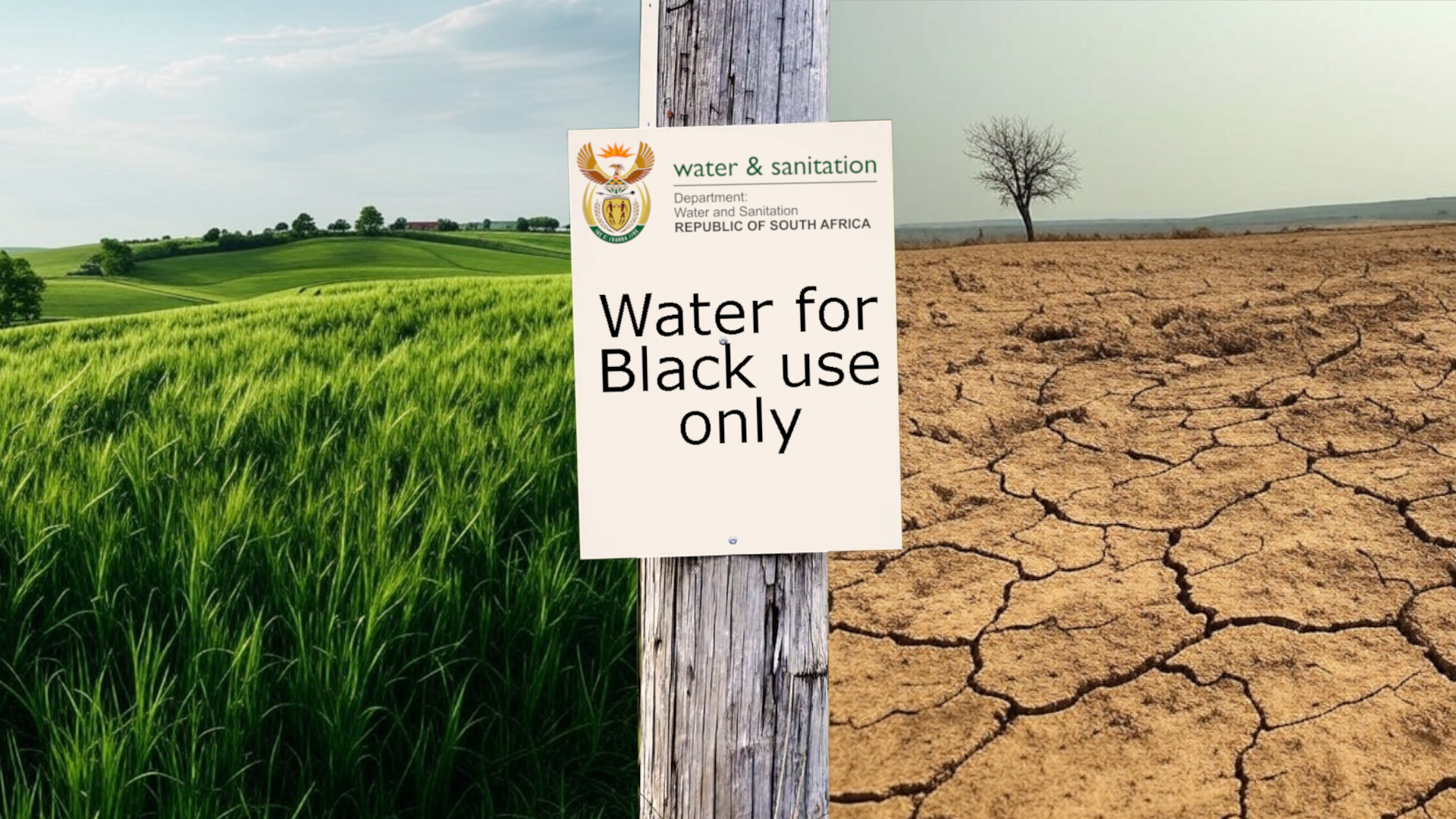South African National Parks (SANParks) has successfully integrated a critical stretch of land into Table Mountain National Park, establishing a vital ecological corridor between Noordhoek and Kommetjie. This expansion strengthens biodiversity and enhances the park's environmental coherence by linking its Central and Southern sections—a step long deemed necessary to safeguard the region’s natural heritage.

The original creation of Table Mountain National Park in 1998 faced a significant challenge: how to establish a continuous ecological link between Chapman’s Peak in Noordhoek and Slangkop in Kommetjie, overcoming the fragmentation caused by the so-called ‘Noordhoek – Fish Hoek gap’. Connecting the park’s northern and southern zones required the incorporation of the privately owned Noordhoek Wetlands into the park, forming a natural corridor between the lowland wetlands and Slangkop Mountain.
A collaborative effort was launched involving SANParks, local landowners, the City of Cape Town, WWF South Africa, and the Table Mountain Fund. Their aim was to create and preserve this biological passage. After years of negotiations, SANParks acquired 439 hectares of key wetland areas in 2004, formally incorporating them into Table Mountain National Park. This land also became part of the Cape Floral Region World Heritage Site in 2015.
Restoration of the wetlands commenced immediately, with significant efforts to remove invasive vegetation and introduce new management programmes to balance conservation with recreational use. The area, popular with hikers, dog walkers, and horse riders, also borders the scenic four-kilometre stretch of Noordhoek Beach.
However, the final piece of the corridor—referred to as the 'missing link'—remained unresolved. On October 22, SANParks, in collaboration with landowners Kommetjie Estates and Red Cliff Property, celebrated the handover of the last 25.5 hectares of high-value conservation land, finalising the connection between the Central and Southern sections of the park. Notably, the newly integrated land exceeds the original plan, adding an additional 6.7 hectares to the corridor.
With restoration efforts now underway, alien plants and invasive gum trees are being cleared to allow the recovery of endangered fynbos species, such as the Hangklip sand fynbos and peninsula sandstone fynbos. A handover ceremony was held at Imhoff Farm in Kommetjie to mark the occasion, cementing this ecological corridor as a permanent fixture in the park’s conservation strategy.

The national Water Department has denied a black farmer the right to share his licensed water with a neighbouring white farmer. Afriforum has vowed to fight this.